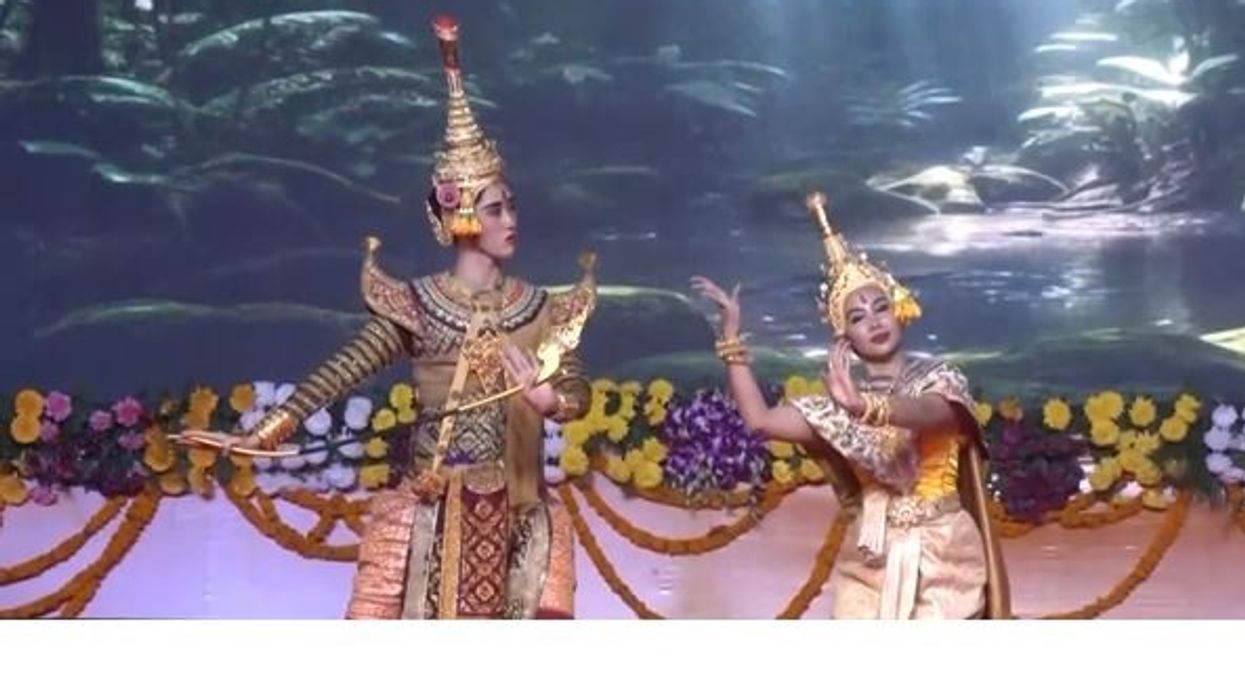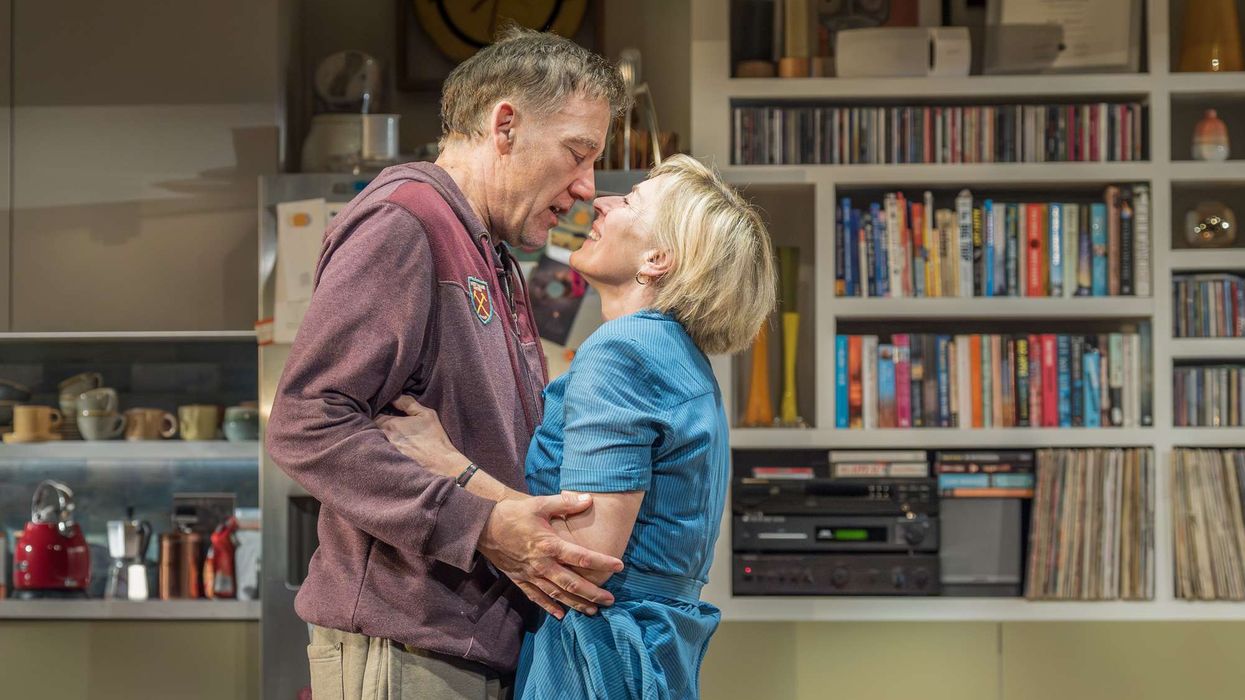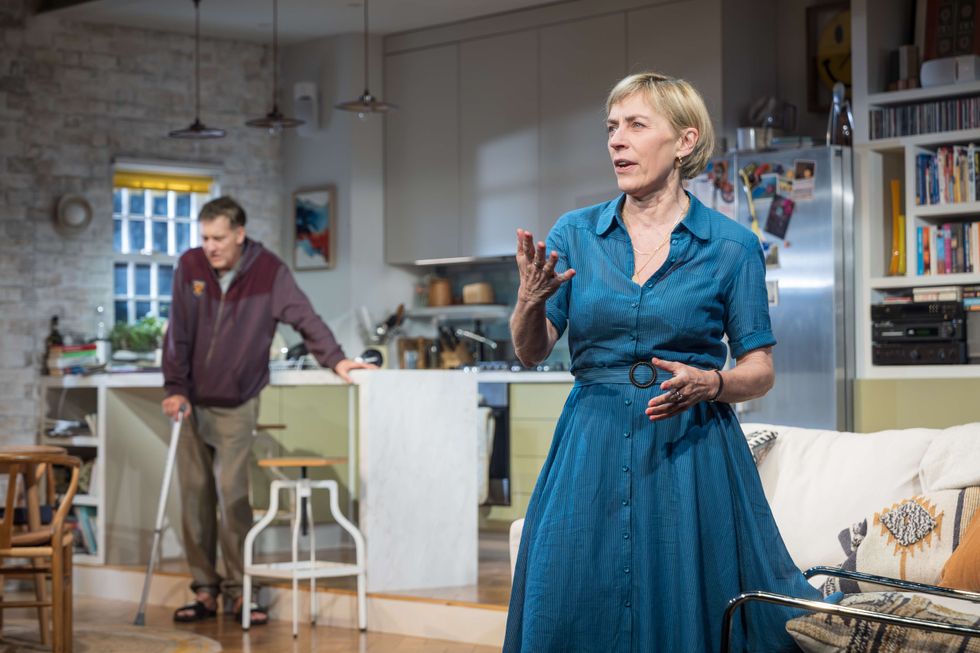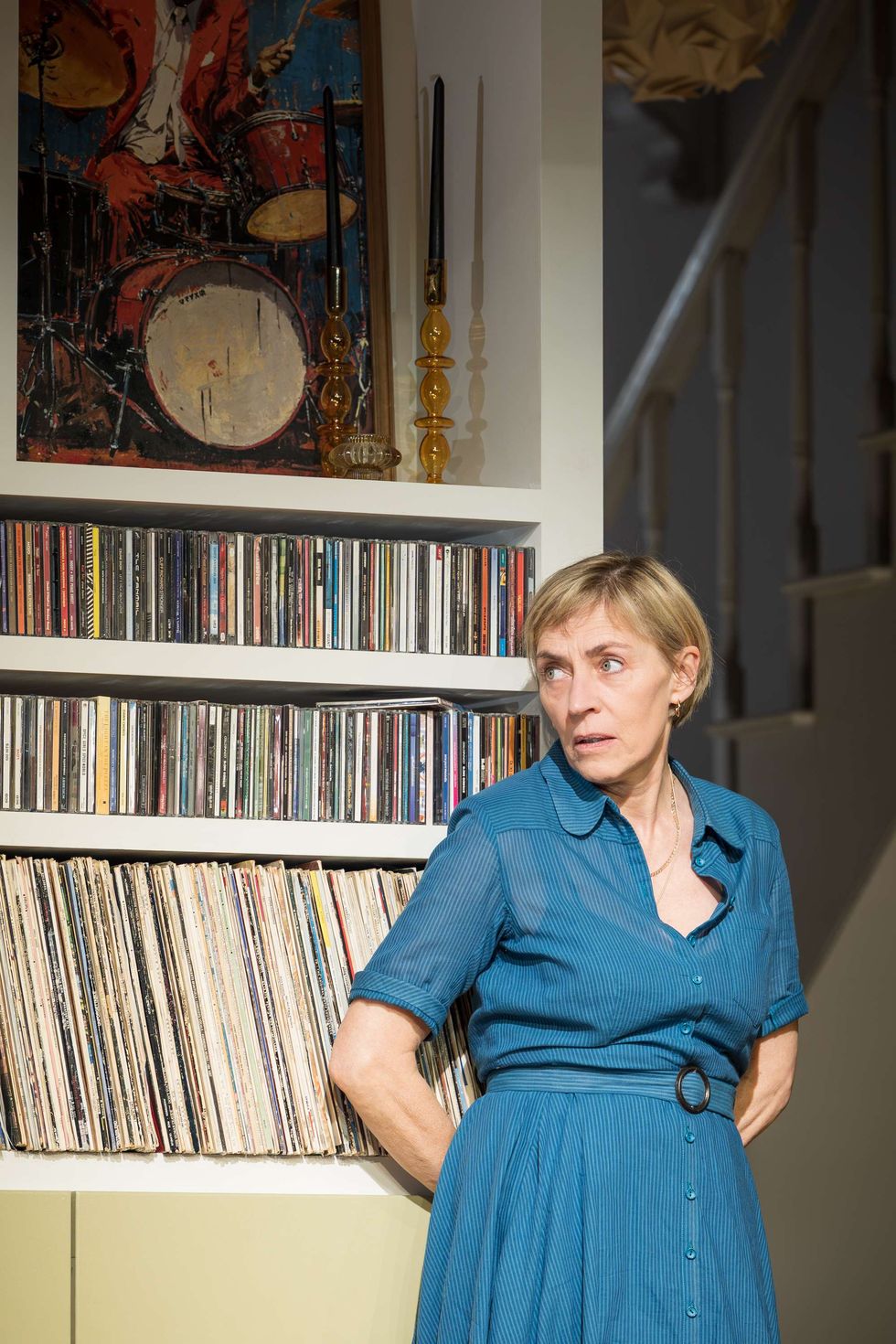A theatre group from Thailand performed a play based on the Ramayana at the Tulsi Udyan in Ayodhya.
One of the performers said, "I am from the Ministry of Culture, Thailand, and today we will perform dance and stage an episode of lord Ram. We are surprised that in Ayodhya people are celebrating saying Jai Shree Sam. It's impressive. In, Thailand Ramayan is called Ramakiyan. Lord Ram has influenced Thai people, especially with his thoughts."
Notably, the Pran Pratishtha of Ram Lalla was held on January 22 with PM Modi performing the ceremony, led by a group of priests.
The Ram Lalla idol was unveiled at the elaborate Pran Pratishtha ceremony, which involved hour-long rituals in the presence of Prime Minister Narendra Modi, who led the ceremony.
The temple was open to the public from the next day onwards.
Meanwhile, amid the rush of devotees and long queues in Ayodhya for a sighting (darshan) of Ram Lalla, Prime Minister Narendra Modi on Wednesday chaired a meeting of the Union Cabinet during which he advised his top ministers to defer their visit to the grand temple.
According to government sources, Prime Minister Modi voiced concern over the heavy rush of devotees and the inconvenience caused to the public by VVIP and VIP visits to the temple town along with elaborate security details.
He proposed that Union ministers plan or defer their Ayodhya visits in March to ensure a smoother and more organised experience for everyone involved, sources said.
On Wednesday, the frenzy and fervour among the visiting devotees and locals were noticeable as they were on the prior when the temple was opened for darshan. The temple witnessed surging footfalls following the 'Pran Pratishtha' of Shri Ram Lalla and the grand opening on Monday.
Security was tightened in the holy city after the first day of darshan on Tuesday drew an estimated several thousand devotees.






 A scene from the playMarc Brenner
A scene from the playMarc Brenner Saskia ReevesMarc Brenner
Saskia ReevesMarc Brenner Clive Owen Marc Brenner
Clive Owen Marc Brenner






